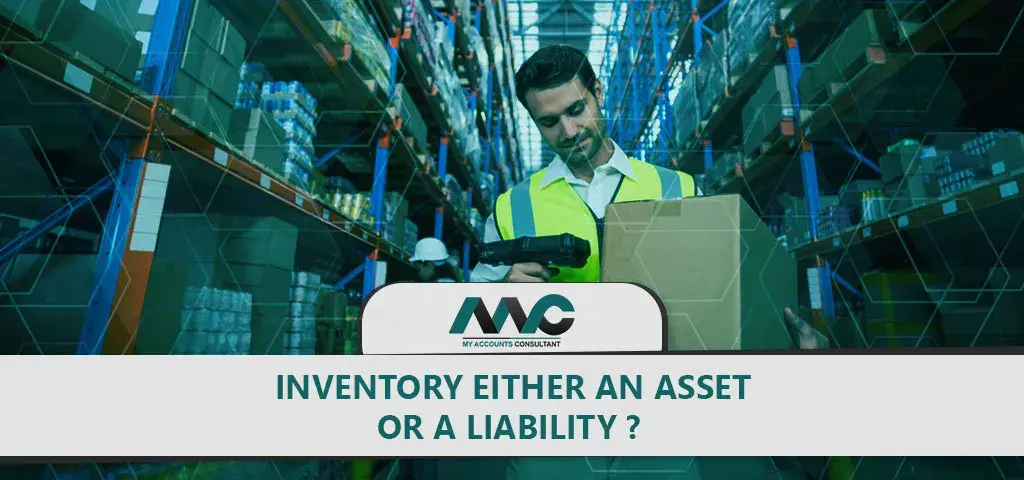Inventory can be either an asset or a liability, depending on how much you own, how you use it, and whether or not you have a particular item in stock. How quickly you can sell your assets or how quickly they can be sold is not a primary factor in classifying assets as inventory. Inventory in an accounting system goes from asset to asset, but can also be both asset and liability, depending on the type of property and how we manage it. Asset liabilities are the fact that the value of a commodity or material increases faster than the cost of storage, so inventory is either an asset or a liability.
Inventory as an Asset
Inventory assets occupy a similar place on a company's books, because they contribute to income generation. They are key resources for businesses and a key resource for businesses, whether in the form of capital, labour, capital goods, equipment or other assets.
Inventory is an important asset in manufacturing and trading companies, so it is important for business owners to understand what inventory really means. Knowing the different types of inventory, including those that are not specifically used for accounting, can help an entrepreneur understand how his inventory works for him.
One of the most important financial indicators in relation to inventory is the ratio of goods turnover, which measures the effectiveness of a company's inventory management. This provides a measure of how often a company sells its inventory and is a useful tool for calculating the turnover / inventory ratio and other financial indicators.
A high inventory value thus increases the current total, but the inventory needs to be reallocated quickly to maximize its earning potential. While it is true that you have more inventory than stock, you should sell your inventory as soon as possible to generate cash flow.
Inventory as a Liability
One of the data points you need to track in your asset management system is the costs associated with your assets and IT inventory. Each time you make an inventory sale, you must categorize the revenue, credit the inventory and assets, and keep a diary of all transactions before you debit your inventory costs and goods sold into your account.
Inventory can also be a liability, because client & business tastes change time to time and it's impossible to predict what your client will be buy far into the future. If you buy too much of what your clientele want right now, and then the demand shifts, you may find yourself stuck with inventory that you're unable to sell. If You are not predict the market taste or client reqirement than going into bing loss and that inventory become liblity.
If You are not predict the market taste or client reqirement than going into bing loss and that inventory become liblity.
At MAC, we recognize the value of your inventory as a current asset. Let us assist your business in keeping firm control over your inventory assets and you can manage it wth proper financial planning. MAC provide online accounting services to both small and large businesses across the Globe.
Contact us here for the the manage your Inventory can be either an asset or a liability and how can it will be benefial for you.

